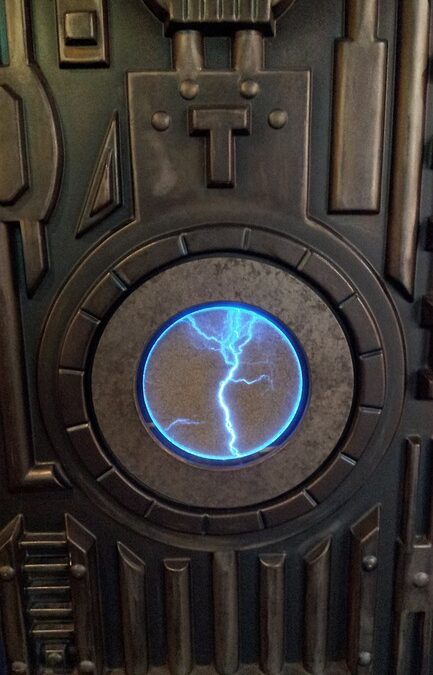Card tricks have fascinated people for centuries. Magicians have been able to manipulate cards in seemingly impossible ways, leaving audiences in awe of their skills. But how do they do it? What is the science behind sleight of hand?
The Basics of Sleight of Hand
Sleight of hand is a technique used by magicians to manipulate objects, such as cards, coins, or balls, in a way that is undetectable to the audience. The key to sleight of hand is misdirection – while the magician is performing one action that the audience is focused on, they are actually performing a different action that is hidden from view.
One of the most common sleight of hand techniques used in card tricks is called palming. This involves secretly holding a card in the palm of the hand while appearing to have empty hands. Magicians also use techniques like false shuffles, false cuts, and double lifts to create the illusion of magic.
The Science Behind Sleight of Hand
There are several psychological principles at play when it comes to sleight of hand. One of the key factors is attentional blindness, which is the phenomenon of not noticing objects that are in plain sight because the brain is focused on something else. Magicians use this principle to their advantage by directing the audience’s attention away from the sleight of hand movements.
Another important concept is hand-Eye coordination. Magicians spend hours practicing their moves to ensure that they can execute them flawlessly without looking at their hands. This level of skill is crucial for creating the illusion of magic.
Additionally, magicians use principles of misdirection and timing to distract the audience from their sleight of hand movements. By creating a compelling narrative or using humor, magicians can keep the audience engaged while they perform their tricks.
FAQs
Q: How do magicians practice sleight of hand?
A: Magicians practice sleight of hand by repeating the same moves over and over until they become second nature. They often use props like playing cards or coins to simulate real-world conditions.
Q: Can anyone learn sleight of hand?
A: While anyone can learn the basic techniques of sleight of hand, becoming a skilled magician requires dedication, practice, and a natural aptitude for performing tricks.
Q: Are there any resources for learning sleight of hand?
A: Yes, there are many books, videos, and online tutorials available for aspiring magicians to learn sleight of hand techniques. Some magicians also offer classes or workshops for those who want to improve their skills.
Q: How do magicians come up with new tricks?
A: Magicians often draw inspiration from other magicians, books, movies, or everyday objects. They experiment with different techniques and ideas until they come up with a trick that is unique and engaging.
Overall, sleight of hand is a fascinating art form that combines psychology, dexterity, and creativity. By understanding the science behind card tricks, we can appreciate the skill and dedication that goes into creating the illusion of magic.

